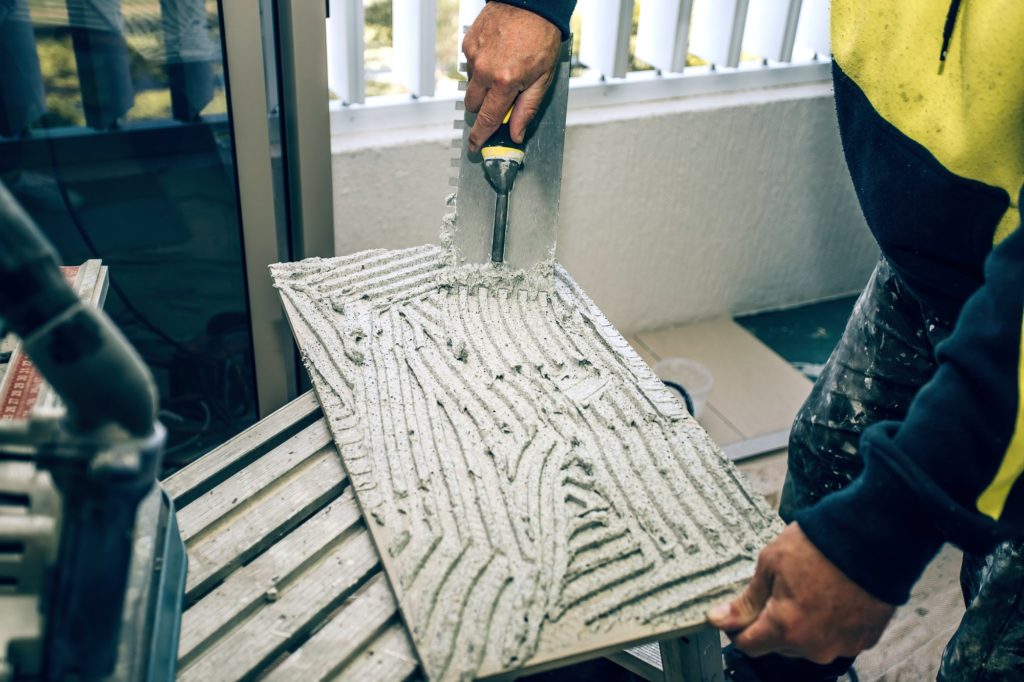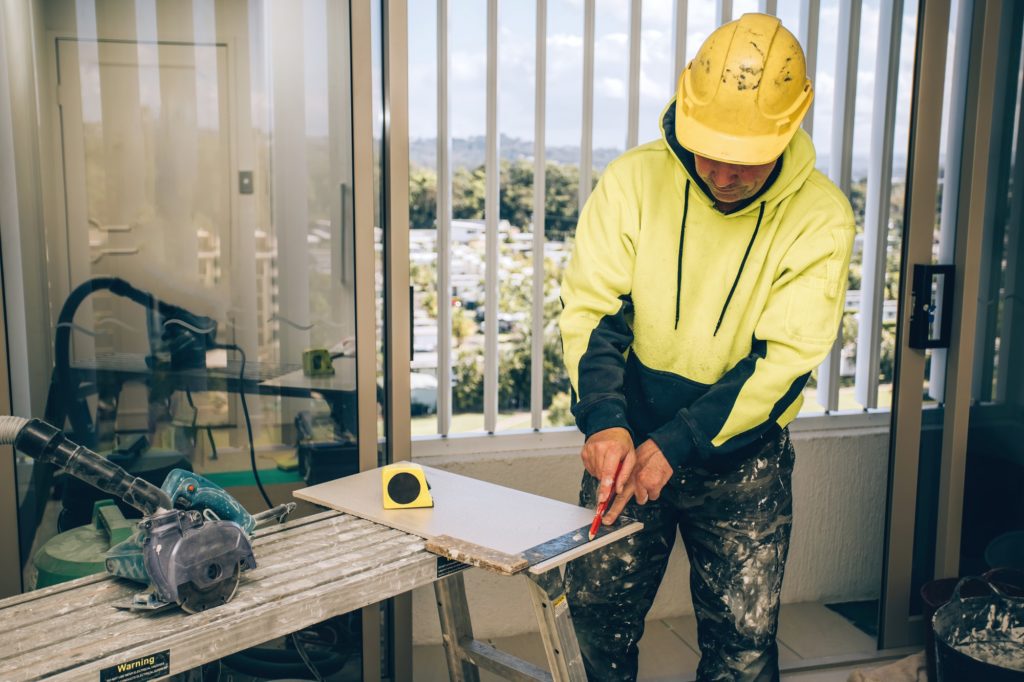Whether you are looking to change your floor décor or wall surface, tiles are often the go-to solution because they enhance the outlook of a household.
Unfortunately some people choose to use novice tilers to in order to save money on labour.
However, it can backfire big time.
Let’s have a look at the most common rookie errors that novice tilers tend to commit.
1. Using the inappropriate adhesive
Stick to your gums. It always helps.
Every adhesive has a specific purpose and novice tile installers often overlook this detail.
Using a incorrect adhesives reduces tile life and so does using adhesives in the wrong proportions.
Applying extra tile glue to the corners can result in breaking or crumbling of tiles as well.

Understanding the usage of every adhesive will simplify the task for beginner tilers.
For bathrooms, sinks and humid rooms, the waterproof tile adhesive is a must.
Flexible adhesive is better suited for surfaces that experience movement.
Depending on your requirement, there are heat-resistant, rapid-set, and ready-mix tile adhesives available.
It also varies based on the tile material like ceramic, granite and so on.
2. Grouting unevenly or hastily
Novice tilers often have little or no patience.
There’s a sense of urgency and they want to get everything done quickly.
But this doesn’t help when it comes to grouting.
Gout fills the gaps and stops grime and dust from getting between the tiles.
For this reason a one-day break is essential between the setting of tiles and grouting them.
Haste makes waste.
By grouting too soon, tilers can risk mould growth within the tile.
Another rookie mistake is uneven and protruding grout.
It’s crucial to use a supporting tool like a squeegee to ensure an even finish so that any excess grout can be wiped off.
3. Getting the tile quantity and size wrong
As beginners, tilers usually buy the exact quantity of tiles.
But sometimes it’s not sufficient due to their miscalculations or accidental breakages.
Both of these scenarios have their implications on a tiling project.
“Ripping up carpet is easy, tiling is the issue.”
Douglas Wilson, American theologian
It’s always recommended to purchase 10% excess tiles as a precautionary measure.
Buying in bulk is always more cost-effective and means you don’t have to waste time going back to buy more when you run out.
Getting the size and quantity wrong can be an absolute nightmare.
4. Ignoring the battens and rules
Novices often forget the importance of battens and markers.
Even our team who have a lot of experiencing tiling on the Gold Coast can have trouble drawing straight lines without tools to make it easier.
Beginners, beware.

Always use a batten or marker to ensure the tiles are in the level and straight lines.
Battens are thin rods of wood that simplify this process.
By laying tiles freehand, there’s a high risk of a shabby and uneven result.
Spending the time to make proper markings will improve efficiency and accuracy.
5. Improper or insufficient planning
Planning is everything, there’s no shortcut to success.
Rookie tilers fall prey to improper and insufficient planning and having a ‘know-it-all’ attitude never helps.
Have a proper plan in place and follow every step in the process.
From preparing a smooth, clean surface to laying the tiles, do not ignore minute details.
Fixing a mistake too late will be expensive and reflect poorly on your reputation.
Proper planning, precaution and perception is the different between a novice, and an expert tiler.



